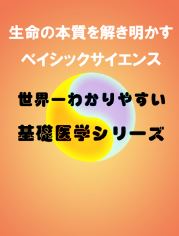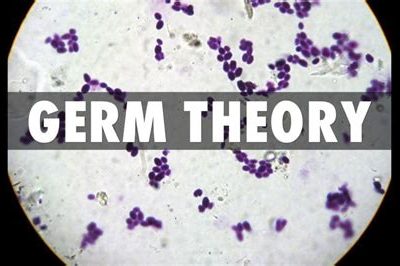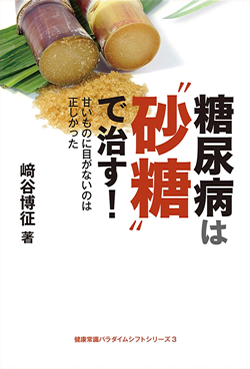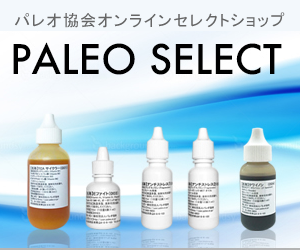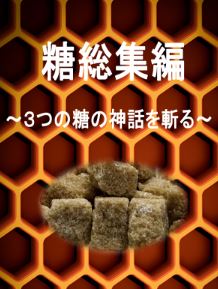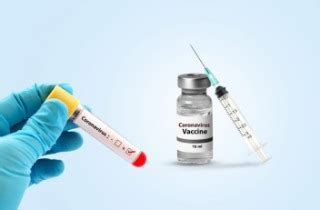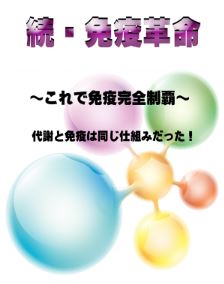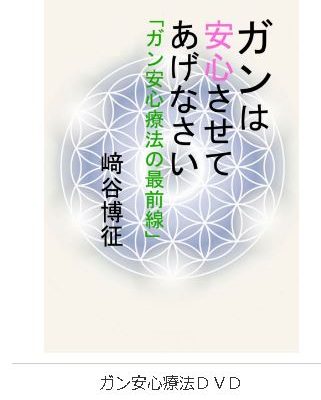今年の冬は比較的暖かい日が続いています。
冬の時期の問題は、日光照射が少なくなることです。

緯度の高い地域に、うつ病や脳神経炎症疾患(多発性硬化症など)が多いのも、日光不足によるものです。

さて、日本では冬はみかんを食べる季節です。
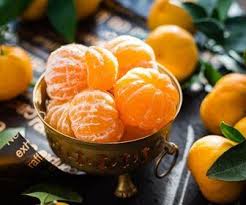
このみかんには抗うつ作用を持つ優れた物質が入っています。
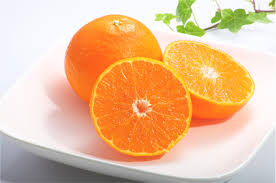
その物質は、「フラボン(flavones)」と呼ばれるフラボノイドの一種です。
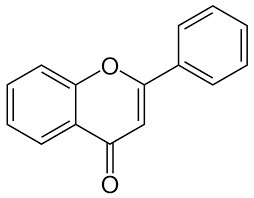
植物が紫外線や他の生物から身を守るための防御物質(ファイトケミカル)です。
その中でも最近注目を浴びているのが、「ヘスペリディン(hesperidin)」というフラボンです。
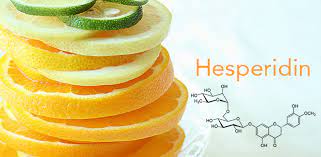
この物質に強い抗うつ作用が認められることが複数の研究で明らかになっています(Hesperidin as a neuroprotective agent: a review of animal and clinical evidence. Molecules, 24 (3) (2019))(Kappa-opioid receptors mediate the antidepressant-like activity of hesperidin in the mouse forced swimming test. Eur. J. Pharm., 698 (1–3) (2013), pp. 286-291)(The antidepressant effects of hesperidin on chronic unpredictable mild stress-induced mice. Eur. J. Pharm., 853 (2019), pp. 236-246)(The anti-depressive effects of hesperidin and the relative mechanisms based on the NLRP3 inflammatory signaling pathway. Front. Pharm., 11 (2020), p. 1251)。

ヘスペリディンの脳への作用で注目されるのは、昨日の悪夢だけでなく、うつ病、不安神経症あるいは統合失調症の原因となるセロトニンの合成を低下させることです(Antidepressant-like effects of hesperidin in animal model of post-traumatic stress disorder. Chin. J. Integr. Med, 27 (1) (2021), pp. 39-46)。
最新の研究でも、ヘスペリディンが脳の機能を高めることが確認されています(The benefits of hesperidin in central nervous system disorders, based on the neuroprotective effect. Biomed Pharmacother. 2023 Mar;159:114222)(Hepatoprotective and cognitive-enhancing effects of hesperidin against thioacetamide-induced hepatic encephalopathy in rats. Life Sci. 2023 Jan 15;313:121280)。
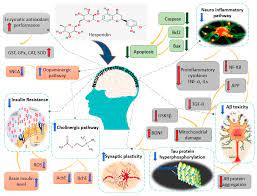
このヘスペリディンの作用を現代医学は、お経のように「抗酸化作用」「抗炎症作用」としか捉えることができません。
実際は、その逆で酸化作用(電子をより受け取る)によってミトコンドリアで糖のエネルギー代謝を高めているのです(High throughput screening of mitochondrial bioenergetics in human differentiated myotubes identifies novel enhancers of muscle performance in aged mice. Sci Rep 8, 9408 (2018))。
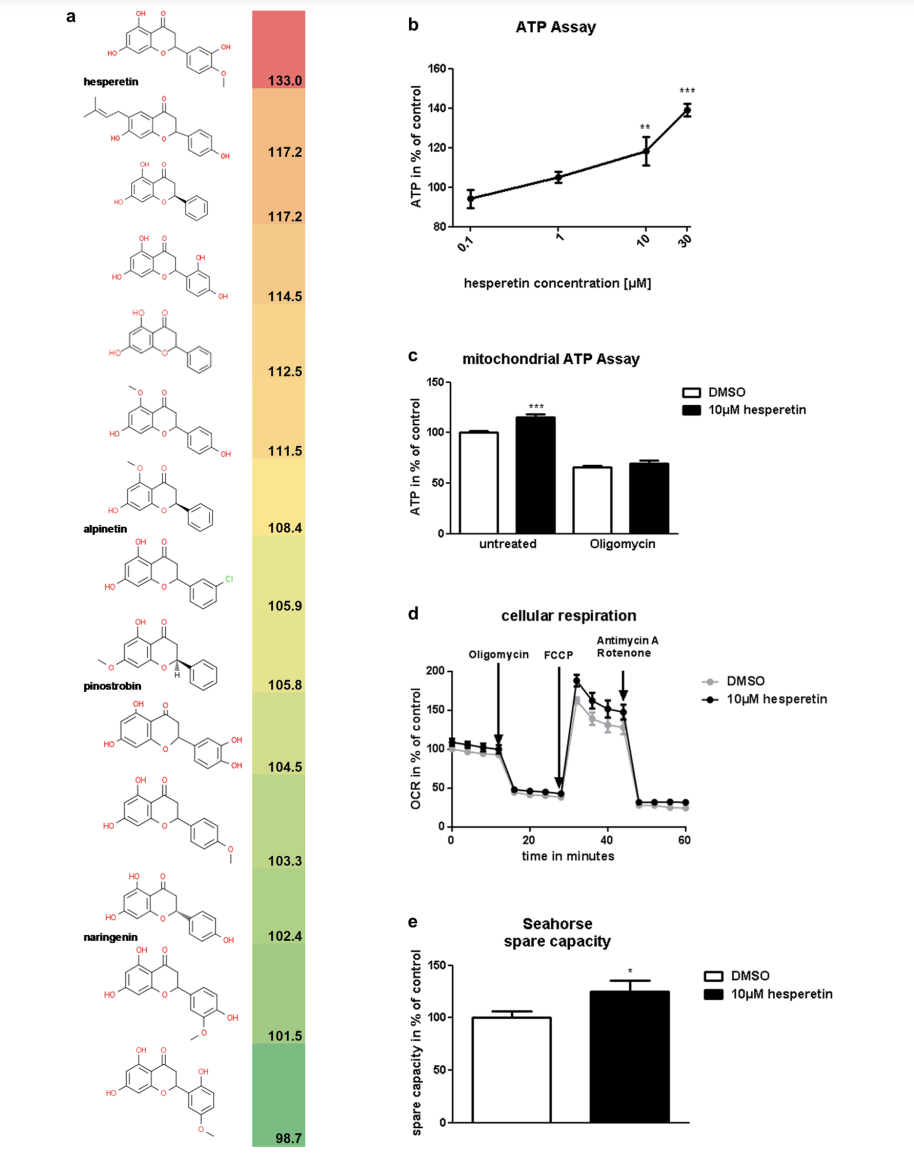
糖のエネルギー代謝を高めることで、プーファの過酸化脂質の生成(これが本当の酸化ストレス)をブロックして、あらゆる慢性病を予防することができます。
フラボン類は、みかんの皮に多いので、マーマレード(ただし自然栽培のみかんが望ましい)にするとより多く摂取できるでしょう。

ヘスペリディンに代表される有用なフラボンは、みかんの他にも、お茶の葉やハチミツにも含まれています(^_−)−☆。
